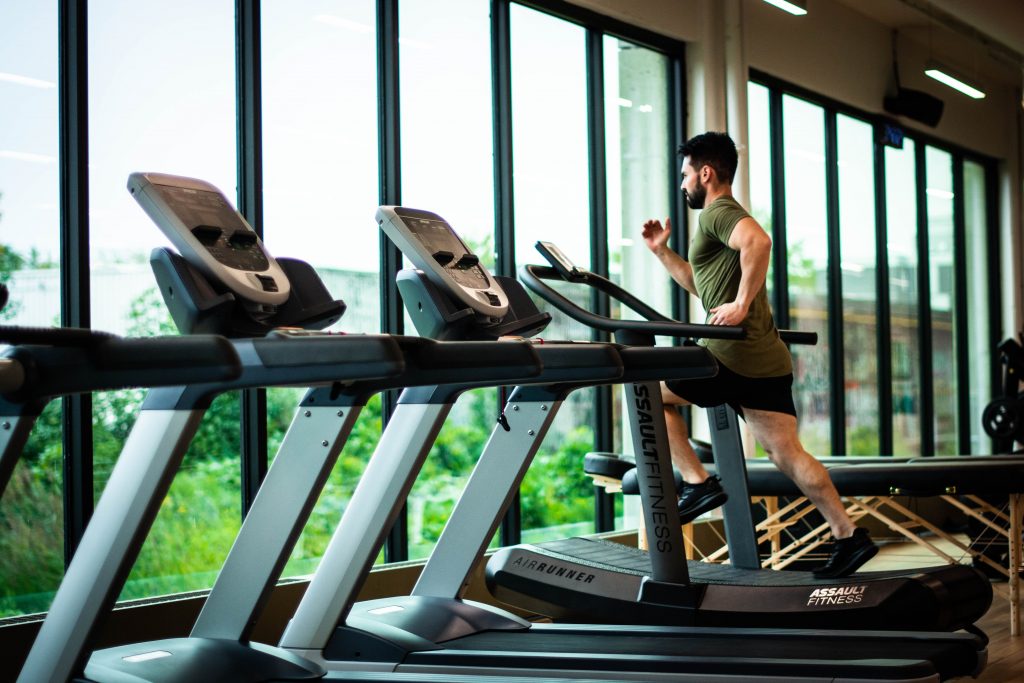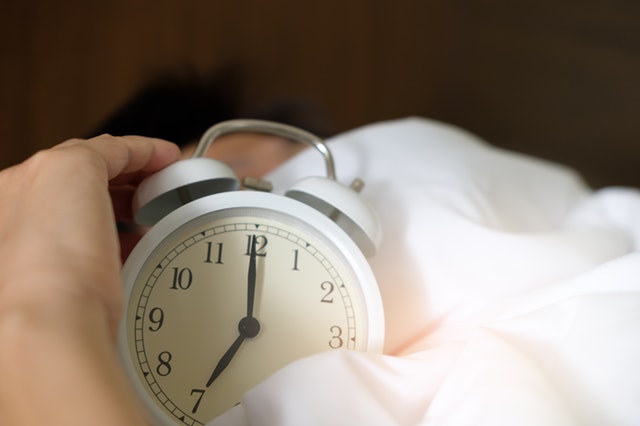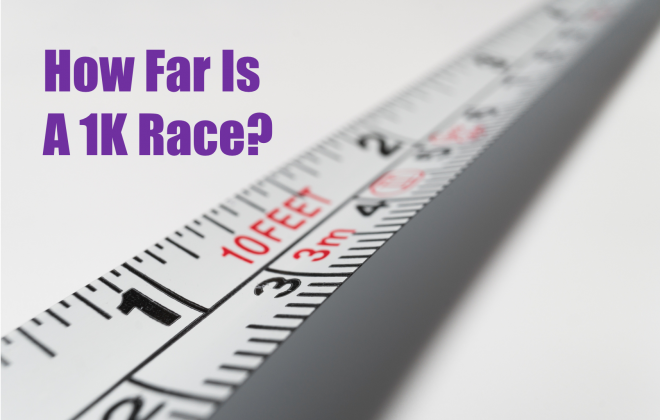How To Not Get Dizzy After Running On The Treadmill?

Have you ever run on the treadmill and felt almost as if you were floating? Well, after one of my runs on the treadmill, I feel extremely dizzy and needed to figure out what was causing it. I did some research, and found there are many different reasons why you might feel dizzy after running on the treadmill. You can prevent getting dizzy after running on the treadmill by doing a cool-down walk, staying hydrated, and improving your posture. In this article we will be taking a closer look as to why you are getting dizzy after running on the treadmill and how to prevent it.
7 Of The Most Possible (Dizzying) Causes and Best Solutions
So, why exactly did you get dizzy after running on treadmill? After doing hours of research and personal testing, I have found a few tips that have helped me prevent dizziness after running on the treadmill and that can hopefully help you!

Cause #1: Sudden Stopping
After hours of personal testing, I have found that suddenly stopping is the most significant cause in getting dizzy after running on the treadmill. Compared to running outside, your legs are moving but your body is not. This phenomenon of your legs moving while your body is not, is unique and almost never happens in regular day-to-day life. Therefore, when you get off the treadmill your brain thinks that it should still be moving but it is not. This disconnect between your legs and brain is what causes this floating or dizzy feeling. A sudden stop will make your body feels like it is still moving and have the need to take one extra step.
Solution #1: Implement a Cool-Down
One solution that has helped me with this problem of sudden stopping is to do 2 to 3 minute cool-down. Your cool down can be more or less than 2 to 3 minutes, however, the important part is to make sure you catch a breath and that you’re able to walk comfortably before getting off the treadmill. By doing this, your body will be more accustomed to a walking pace when you get off the treadmill. This walking pace will result in a slighter difference between your treadmill pace and your regular walking pace on the ground. This slower pace will allow your brain to adapt more easily, so that you do not end up nauseous or dizzy after getting off the treadmill.
Cause #2: Eyes and Head Position
While running on the treadmill, many people are confused about where they should be looking and where their head position should be. You have many choices. You could either be looking at your phone, the TV, down at your feet, or straight ahead of you, but which is the best for you?
Solution #2: Neutral Eyes and Head Position
It is recommended that you look straight in front of you and keep your head in a neutral position. By looking down at your feet or up at the TV, you are putting strain on your neck which can cause you to become nauseous and even get a headache. A helpful tip is to place your phone at eye level or try to adjust the treadmill to do so. Therefore, by looking straight in front of you and keeping your head in a neutral position, you eliminate strain on your neck and prevent dizziness after running on the treadmill.
Cause #3: Lack of Hydration

Lack of hydration can cause you to become nauseous or dizzy on the treadmill. If you are not hydrating before, during, or after running on the treadmill you are at risk a to lack of hydration. Hydration and water are important for workouts because they allow your body to regulate its temperature while also lubricating your joints.
Solution #3: Hydrate Throughout the Day + Electrolytes
In order to solve this problem of lack of hydration, it is important to remember to drink water throughout the day, well before you workout. Additionally, if you’re having issues with lack of hydration, you can begin to add electrolytes into your water or workout drinks. While you’re working out, you are constantly losing electrolytes through water leaving your body and sweat. By drinking these electrolytes you’re able to replace these important minerals that your body needs to workout at a high level.
Cause #4: Lack of Nutrition
Similarly to lack of hydration, a lack of nutrients can also cause you to become dizzy after running on the treadmill. Your body relies on important nutrients such as carbohydrates, fats, and lean proteins. Without these essential nutrients your body will not be able to perform and sustain a difficult workout.
Solution #4: Well-Timed and Balanced Diet
Therefore, you must make it a priority to eat a balanced diet before your treadmill workout. Some great snack ideas before your workout are peanut butter and jelly sandwiches, protein bars, bananas with peanut butter, fruits, and veggie sticks. However, make sure to give yourself at least one or two hours before your workout to digest your food. With these tips, you will not have to worry about getting dizzy from a lack of nutrition after your treadmill workout.
Cause #5: Lack of Sleep

Lack of sleep is one problem that many people do not want to address or do not think is serious. However, lack of sleep is one of the most important factors to having a good workout. Sleep is very important to working out and running because it allows your muscles to recover and prepare for the next day’s workout. If you are not getting sufficient sleep, your body will not be able to handle a difficult running workout.
Solution #5: Get 7 to 8 Hours of Sleep
Depending on your age and health conditions, aim for at least 7 to 8 hours of sleep per night. This number may vary person to person, however, 7 to 8 hours of sleep will help your body recover in preparation for the next day’s work out. Think about how you feel after getting a poor night’s sleep. In most cases you actually feel nauseous without even running. Therefore, if you try to do a treadmill workout in addition to not getting a good night’s sleep, you will most likely feel dizzy after your workout. Make sure to get a sufficient amount of sleep to feel good on your next treadmill workout.
Cause #6: No Incline

When you are running on the treadmill do you ever notice that it does not feel the same as running outside? Well, a little known fact is that a zero degree incline on a treadmill is not representative of running outside. This zero degree slope can cause pressure on your shins and joints. If you’re used to running outside, it can actually cause dizziness after running on the treadmill because you will not be used to this difference.
Solution #6: Increase Incline to 1-2%
However, there are actually a few great solutions to this no incline problem. A helpful suggestion to make your treadmill running more representative of outdoor running is to increase the incline to 1 to 2 degrees. This will give you a more accurate feeling of running outside rather than a feeling of running on a negative slope. You can adjust this incline to what you’re comfortable with, but make sure to avoid the zero slope if you want to have a more natural running experience.
Cause #7: New to Treadmill
If it is your first time running on treadmill it is likely that you will be dizzy after doing your workout. This is because the treadmill is different than running outside, and you will have to make some adjustments to make it more representative of outdoor running.
Solution #7: Personal Adjustments + Practice
In addition to the incline suggestion, you can place a fan in front of your treadmill to make you feel like you’re running through the wind of the outdoors. Additionally, I suggest that you give it at least two to three workout runs before you’re comfortable with how the treadmill works and what adjustments you need to make. Another useful tip that you could try out is to try positioning your treadmill away from the wall or confined space. Positioning your treadmill towards a window or open space will give you a feeling like you are running outside. Once you’re used to the treadmill and have made your personal adjustments you will be running on the treadmill dizzy-free.
Verdict
There are many factors that can cause you to get dizzy after running on the treadmill such as sudden stopping, lack of hydration, eye and head positioning, and lack of nutrition. However, if you follow the preventive tips of implementing a 2-3 minute cool-down, hydrate and eat appropriately, and maintain neutral head and eye position, you will be well on your way to running dizzy and nauseous-free on the treadmill.
Disclaimer: This is not professional healthcare advice and should only be used for slight dizziness after running on the treadmill. If problems persist or you are seriously dizzy while on or after you running on a treadmill, make sure to contact a healthcare professional.




